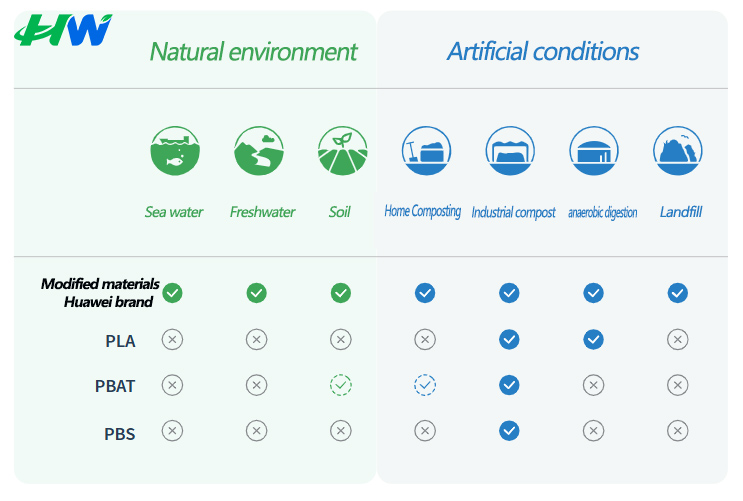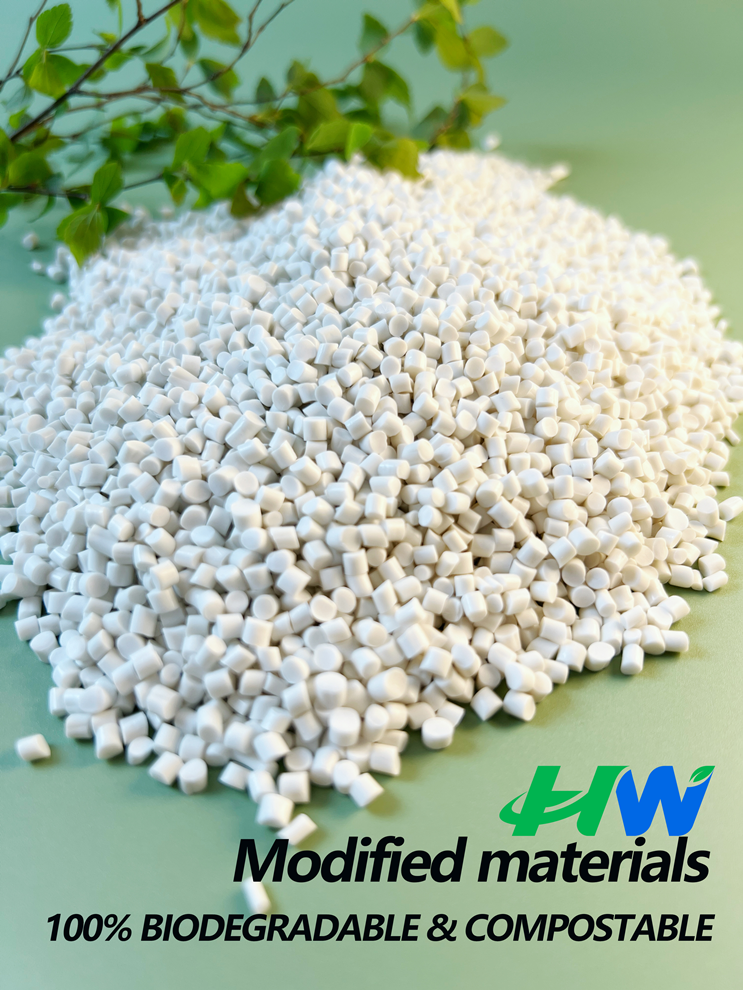In December 2015, the European Union launched the Action Plan for a Circular Economy, advocating for the construction of sustainable products, identifying plastics as one of the seven key product areas, and clearly promoting waste reduction and value-added, reducing excessive dependence on overseas waste disposal.
In 2015, 55 countries and regions imposed restrictions on the use of disposable plastics, and by 2022, this number had reached 123, an increase of 124%.
In January 2018, the European Union adopted the EU Plastic Strategy, aimed at changing the way plastic products are designed, produced, used, and recycled in the EU.
In February 2019, countries such as the Netherlands and France joined forces with over 80 European organizations (governments, companies, non-governmental organizations, and business associations) to release the EU Plastic Convention and attempted to organize the construction of a global network of plastic conventions.
By 2021, the global plastic convention network has 10 national conventions and 2 regional conventions.
In March 2022, at the 5th United Nations Environment Assembly, representatives from 175 countries and regions passed the "Resolution to End Plastic Pollution (Draft)", which aims to complete the first global "plastic limit order" by the end of 2024.
To solve the problem of plastic pollution, various sectors are seeking sustainable solutions to replace traditional plastics. How to find the most suitable materials for development? We have examined various alternative materials on the market and found that biodegradable materials are the most ideal choice.
At present, there are alternative solutions to traditional plastics, including traditional non petrochemical materials (such as glass, pottery, metal, paper, etc.) and biodegradable materials. Among biodegradable materials, bio based biodegradable materials have physical and mechanical properties similar to plastics, combining the advantages of traditional plastics while also providing a solution that is difficult to degrade due to white pollution and increases greenhouse gas emissions. Biodegradability is undoubtedly the most important alternative to traditional plastics.
With the emergence of biodegradable materials, there has been a more rigorous examination of the concept of "pseudo degradation" in various fields. PLA (polylactic acid), as a widely used alternative to plastics today, has strict requirements for degradation environment and ultimately cannot achieve 100% complete degradation. Therefore, although PLA has many material advantages, its degree of degradation has gradually been questioned.

The biodegradable modified materials produced by Huawei Company can undergo 100% degradation in natural environments, which is very environmentally friendly and has a great impact on creating the next century. Degradable modified materials are widely used in packaging, medical, agricultural and other fields. In the field of packaging, biodegradable materials can replace traditional plastic packaging and reduce environmental pollution. In the medical field, biodegradable materials are widely used in medical devices and drug packaging. In the field of agriculture, biodegradable materials can replace traditional agricultural films and reduce land pollution.

Compared to traditional materials, biodegradable modified materials have the following advantages:
1. Environmental Protection: Biodegradable materials can reduce environmental pollution and decrease the amount of plastic waste.
2. Biosafety: Biodegradable materials will not harm the ecological environment and human health, and are safe and non-toxic.
3. Reproducibility: Degradable materials can be recycled without causing waste of resources.
4. Energy saving: The production process of biodegradable materials is simple, which can save energy and reduce production costs.
Degradable modified materials are an important environmentally friendly choice that can reduce pollution to the environment and protect the ecological environment. With the continuous promotion and application of biodegradable materials, we believe that people's lives will become more environmentally friendly and healthy.
